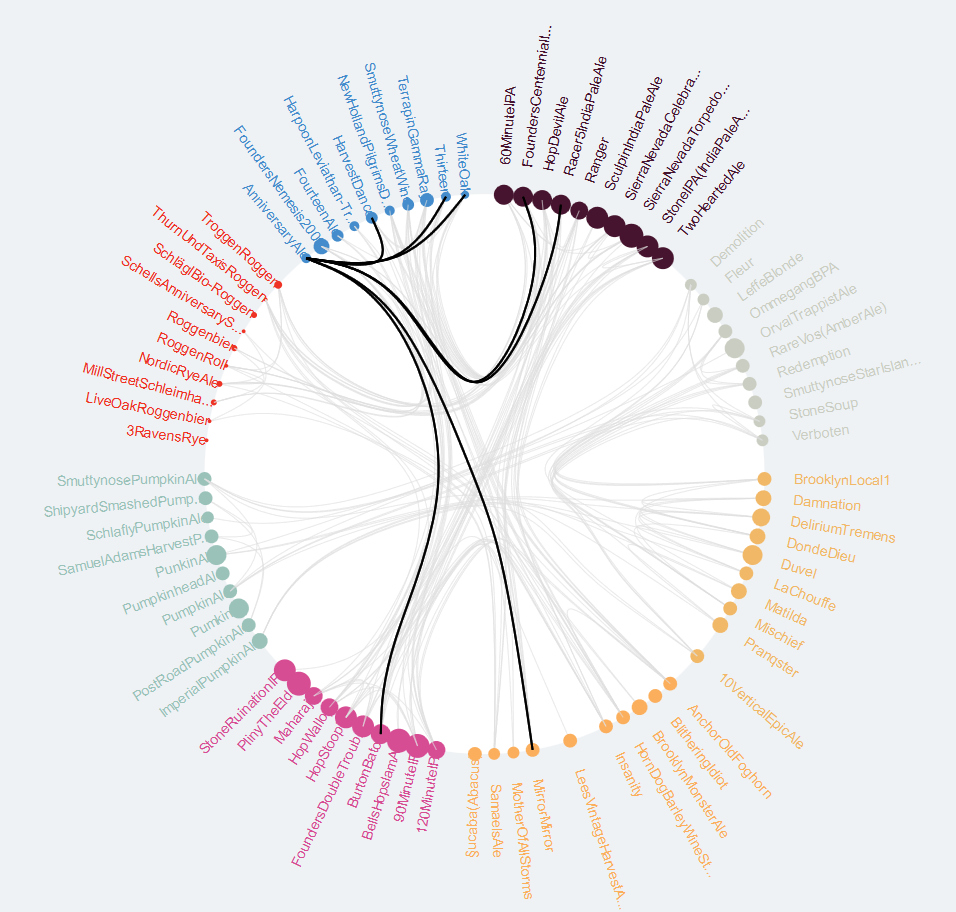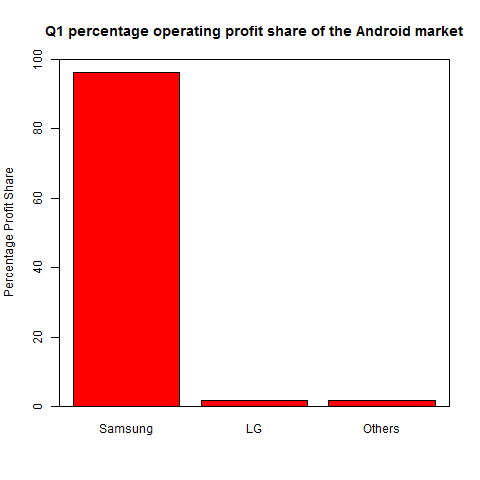“10 quadrillion times more likely to have done it”
Thomas Lumley, tipped off by Luis Apiolaza on Twitter, pointed me to this article in the NZ Herald.
The article is yet another example of the Herald’s inability to correctly report DNA statistics. It makes the following statement: This article reports a quote from the Crown Prosecutor, paraphrased as follows:
A man charged with raping a woman during a kidnap has pleaded not guilty but Crown says DNA evidence shows the man was “10,000,000,000,000,000 times likely” to be responsible for the crime.
To be fair to the article’s author, this may have been the statement that the Crown prosecutor made, but nNo forensic scientist in New Zealand would say this. ESR scientists are trained to give statements of the following type:
“The evidence is 1016 (=10,000,000,000,000,000) times more likely if the defendant and the victim were contributors to the stain, rather than the victim and someone unrelated to the defendant.”
It is extremely important to note that This is a statement about the likelihood of the evidence given the hypotheses rather than the other way around. A forensic scientist is bought to court to comment on the strength of the evidence and specifically not on whether the defendant is guilty.
I have commented on this before., and sent correspondence to the NZ Herald numerous times. Perhaps a mention on StatsChat will inspire change.
Update: The NZ Herald reporter, James Ihaka, has contacted me and said “The statement came from a Crown prosecutor about the evidence that the forensic scientist will present later in the trial. Taking in to consideration what you have said however, it would probably be more accurate to rephrase this.” Good on you James!
Update 2: James Ihaka has contacted me again, with the following information:
This is the direct quote from Crown prosecutor Rebecca Mann: ( I checked with her)
“It is ten thousand million million times more likely for the DNA these samples originated from (the complainant) and Mr Martin rather than from (the complainant) and another unrelated individual selected at random from the general New Zealand population.”
I apologize unreservedly for attributing this to James Ihaka, and again congratulate him for following it up.
The statement Ms. Mann should have given is
“The evidence (the DNA match) is ten thousand million million times more likely if these samples originated from (the complainant) and Mr Martin rather than if they originated from (the complainant) and another unrelated individual selected at random from the general New Zealand population.”



Recent comments on James Curran’s posts